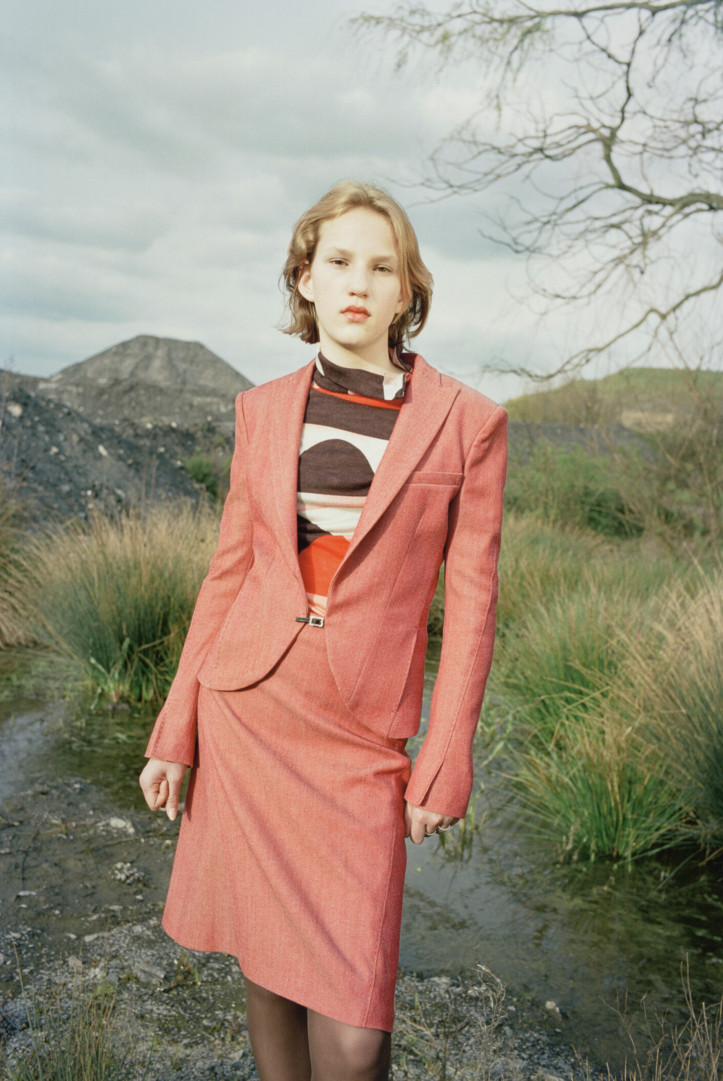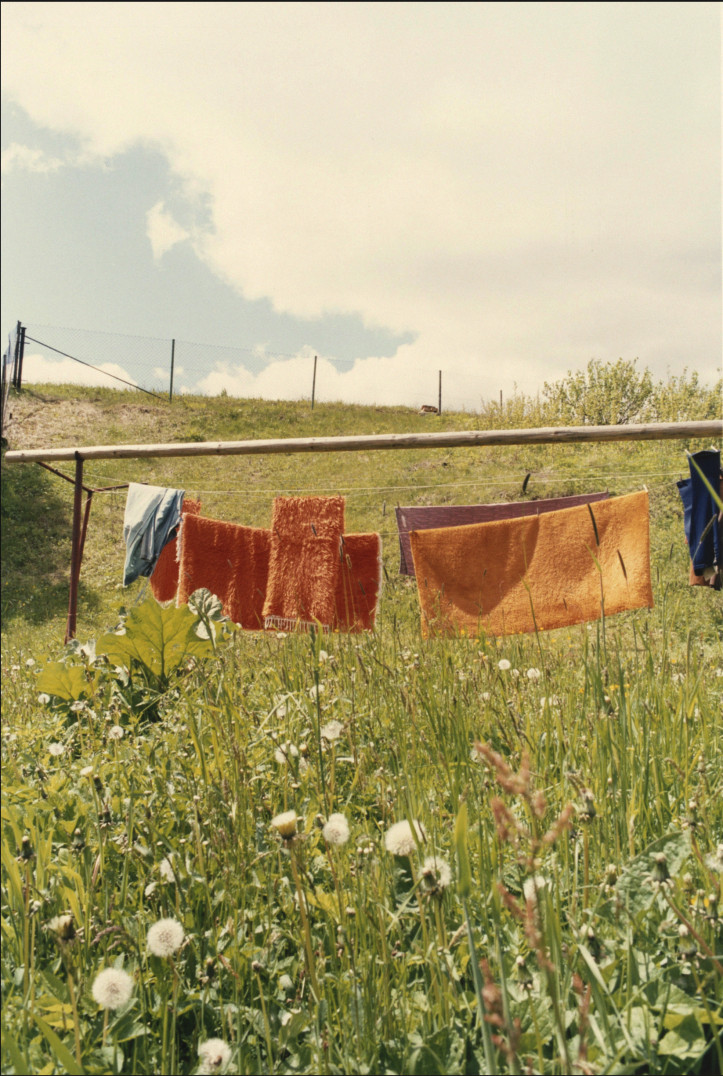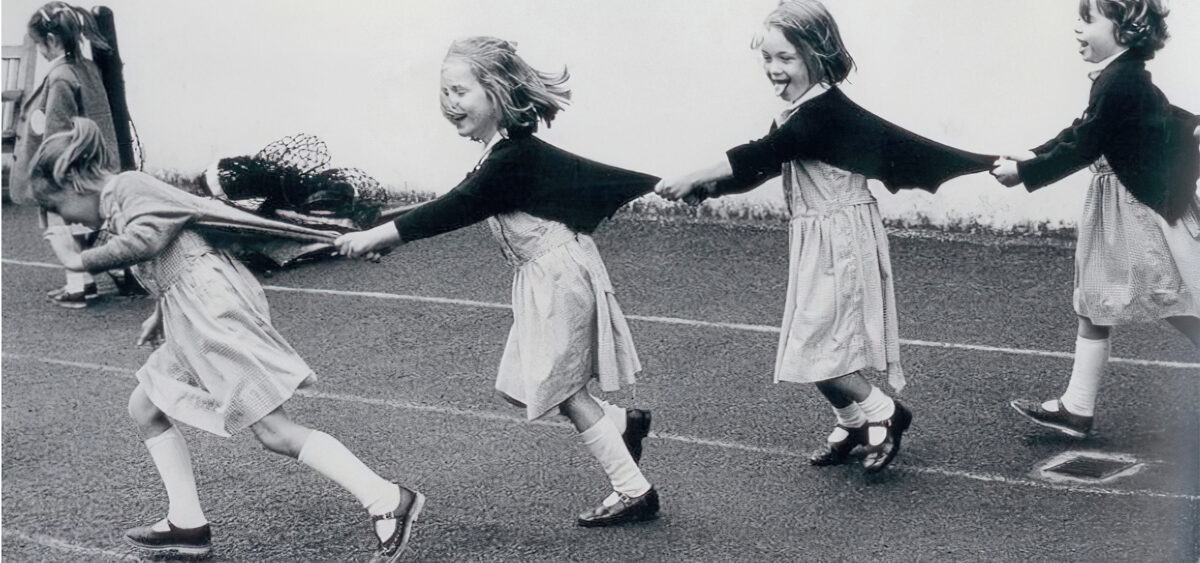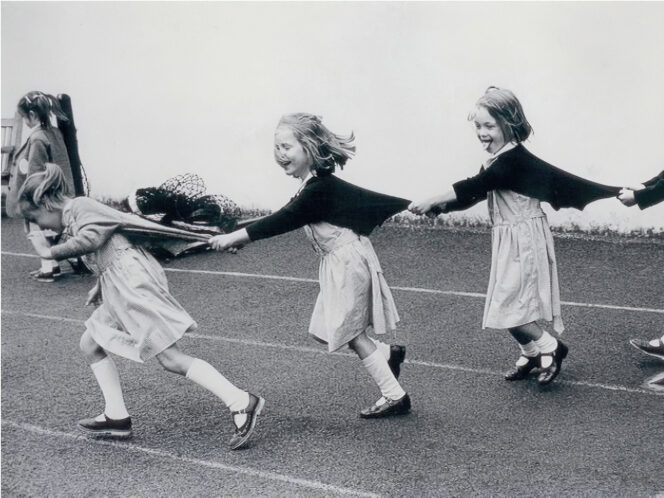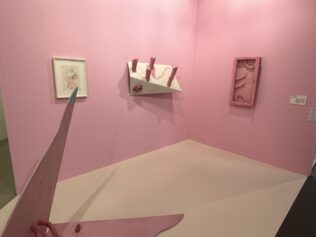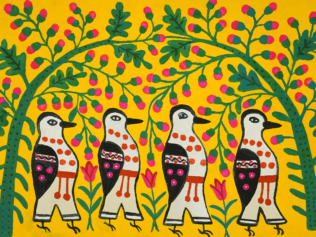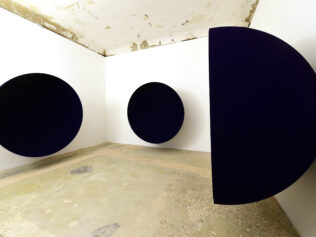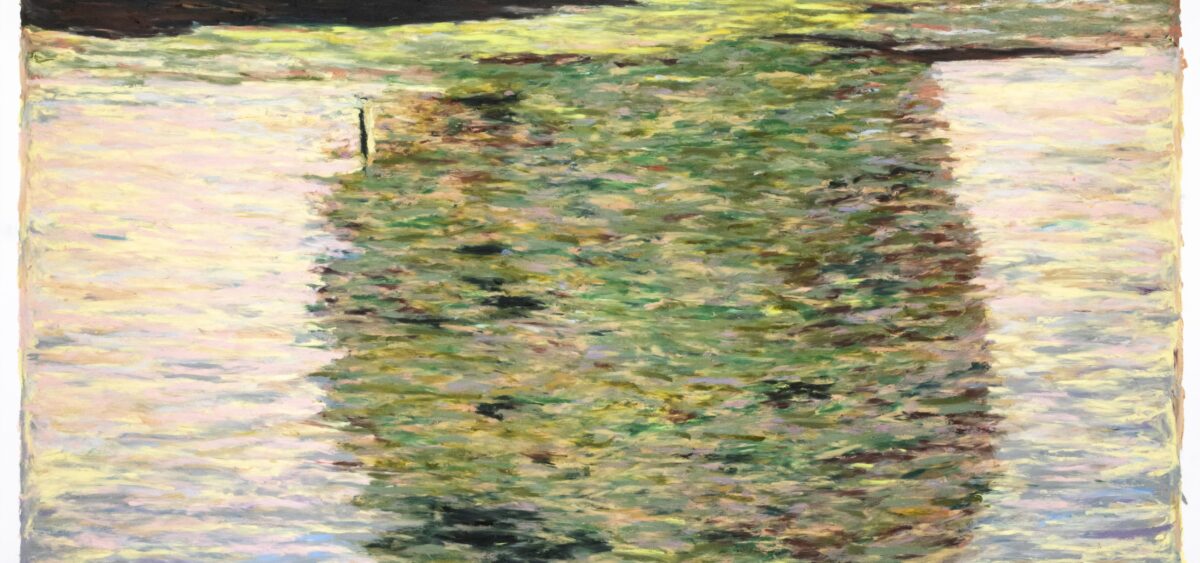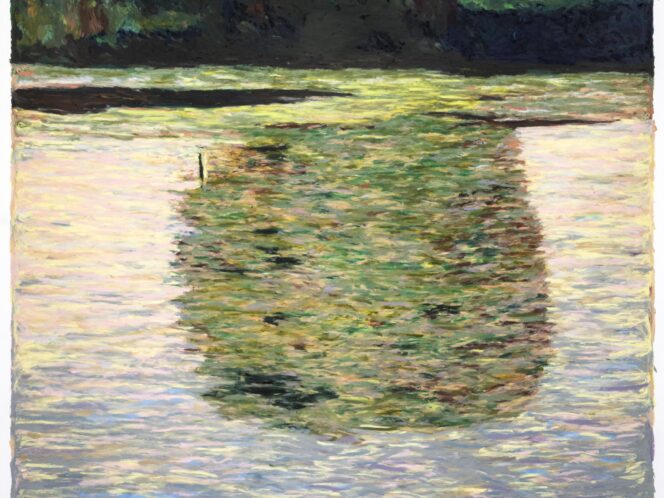
In the space of the last hundred years, there have been five outstanding female photographers who have immortalized both famous people and the disappearing worlds of the Czech provinces. As it turns out, none of them took up photography by accident.
I can’t help it—when I think of photography in Czechia, the person that comes to mind is the fictional Tereza from Milan Kundera’s The Unbearable Lightness of Being. A wonderful, multifaceted heroine, who eludes all conventions. Just as we think we are beginning to understand Tereza, she makes a U-turn. Her view of the world, and the photos she takes, are equally unconventional. She took up photography unexpectedly, after moving from the provinces to Prague. As the novel’s narrator explains: “The elan with which Tereza flung herself into her new Prague existence was both frenzied and precarious. […] Tereza had a job in a darkroom, but it was not enough for her.” Soon she, too, started taking photos. Perhaps she was driven to do so by the same inner compulsion suggested by the bon mot of one of the most famous American photographers of the twentieth century, Dorothea Lange: “It is no accident that the photographer becomes a photographer any more than the lion tamer becomes a lion tamer.”
Lucia’s Light
Lucia Moholy was an artist from Prague who gained worldwide fame, although her work became known before she did. Moholy’s distinctive, sophisticated photos commemorated many of the accomplishments of the Bauhaus. However, over the years, her works were reproduced without credit to her, or were attributed to other artists. Moholy came from a wealthy secularized Jewish family, just like Franz Kafka, who was nearly a decade her senior. She studied history and philosophy in Prague before moving to Berlin, where she worked as an editor for various publishers. Her fascination with photography began in 1915, at the age of twenty-one, when she wrote in her diary: “The interest in photography awoke in me. I am a passive artist. I can capture impressions and would surely be able to record everything from its most beautiful perspective, put them through chemical processes I have learnt and allow them to appear how they affect me . . .” (quote taken from a text about Lucia Moholy written by the British art curator Helen Trompeteler in Photomonitor magazine). From the very beginning of her creative path, she knew the importance of personal perspective in photography.
Lucia and her husband, László Moholy-Nagy, experimented with various forms of artistic photography. They created innovative photograms using photosensitive material without a camera. Lucia also had a big influence on the shaping and editing of László’s theoretical texts. This is how the famous book Malerei, Fotografie, Film (“Painting, Photography, Film”) was developed, in which Moholy-Nagy presented his theory of the so-called “new vision” (neues Sehen). When he got a job as a professor at the Bauhaus, the couple moved to the school’s headquarters in Weimar (which later moved to Dessau). Although Lucia was never officially employed there, she actively participated in the artistic life of the school and taught photography free of charge; she worked on fourteen Bauhaus books on art and design (by Paul Klee, Wassily Kandinsky, Kazimir Malevich, and other artists associated with the school). In addition, she photographed architecture, building interiors, artistic objects, and people from the Bauhaus circle. Lucia and László’s marriage broke down shortly after they both left the school. In the 1930s, Lucia left Nazi Germany, entrusting more than five hundred glass negatives to Moholy-Nagy and the founder of the Bauhaus, Walter Gropius.
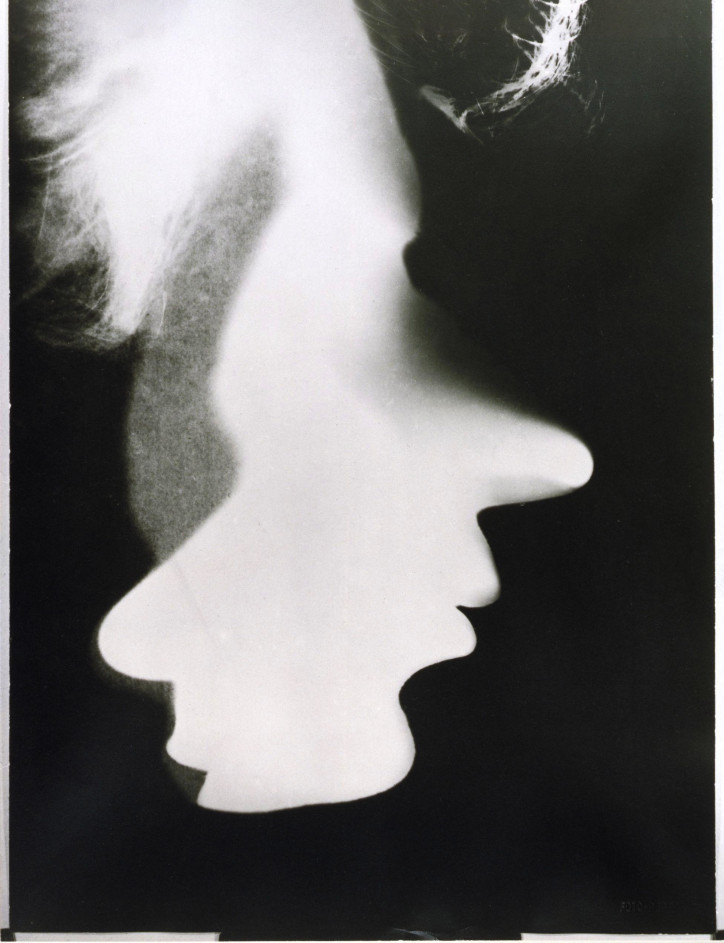
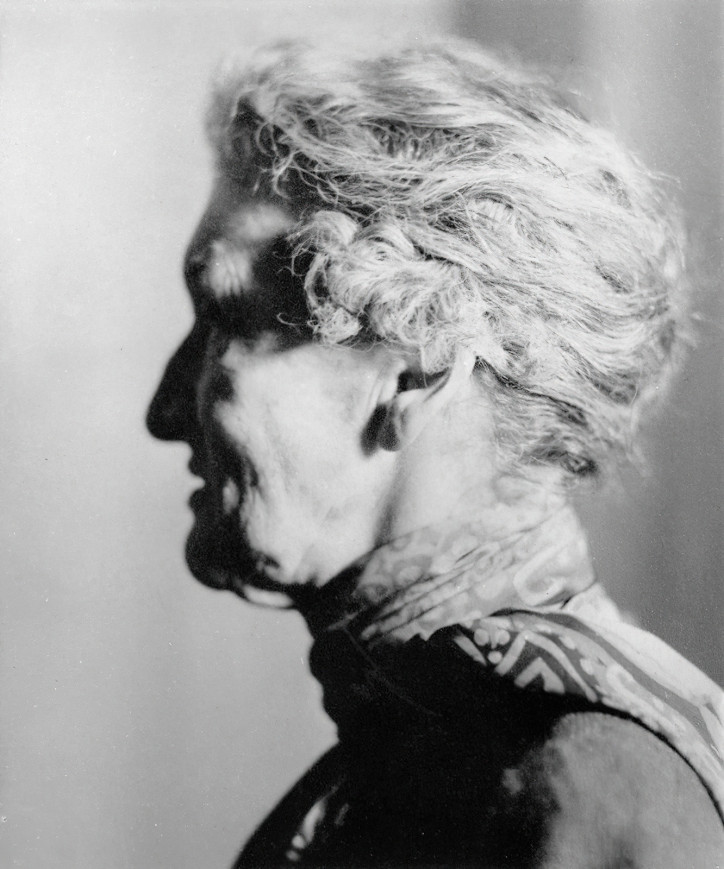
Lucia moved to London, where she ran a commercial photography studio. Her extremely expressive portraits, showing faces from unusual angles or in profile, are now in the collection of the National Portrait Gallery. Before the outbreak of World War II, she managed to finish work on a book, A Hundred Years of Photography 1839–1939, published by Penguin. The book presented the theory and history of photography in an accessible way. It became a bestseller, selling out its entire print run of forty thousand copies.
During the war, Lucia tried to emigrate to the US, sponsored by her ex-husband (like Gropius, László Moholy-Nagy had managed to emigrate there before the war). However, the immigration office refused to grant her a visa, citing a lack of evidence that she had worked as a photographer in Germany. Her ex-husband and Gropius couldn’t explain what had happened to the glass negatives Lucia had entrusted to them for safekeeping. For a long time, Lucia believed that they had simply gone missing. But in 1947 in London, she happened to pick up an album devoted to the Bauhaus, published by MoMA, richly illustrated with her photos . . . but with no mention of her name. Even then, Gropius was not willing to return the negatives, explaining deviously: “But you said you didn’t need them anymore.” The dispute lasted until the 1950s, and ended in only a partial victory for Lucia who, with the help of lawyers, recovered some of her negatives. Towards the end of her life, she gave them to the Bauhaus Archive in Berlin. These photos have also helped to spread knowledge about other women associated with the school who were also deprived of their rightful places.
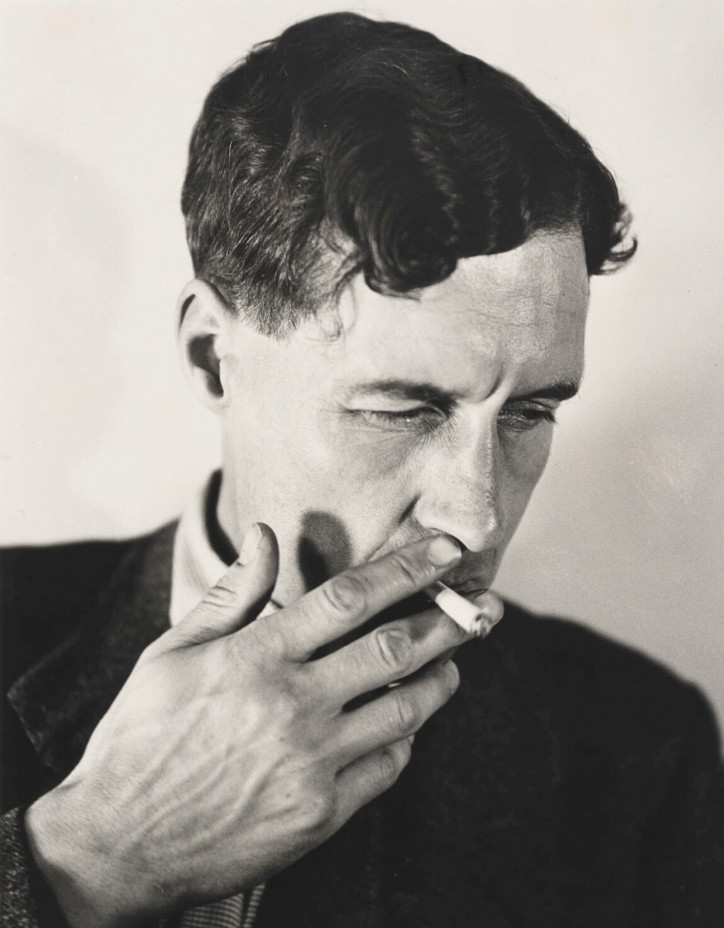
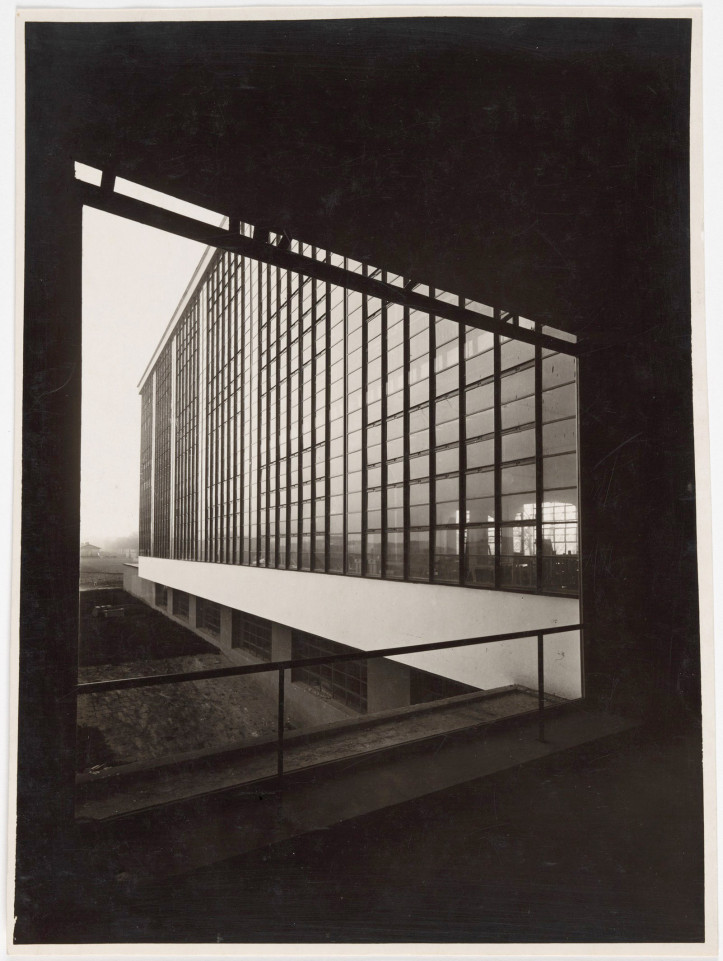
Many years later, László Moholy-Nagy said, “Her intellect was like a lantern illuminating my emotional mess. She taught me how to think.” But Lucia’s inner light—so clearly visible in the expression in her eyes, staring straight into the camera in her self-portrait—was much more than that. Since the beginning of the twenty-first century, an increasing number of publications and exhibitions have recognized her as one of the key figures of the Bauhaus. Lucia Moholy was an independent, extremely creative artist whose role certainly did not end with serving others—and at a time when it was extremely difficult for women to do so, she dared to follow her own path.
Urban Ghosts
Emila Medková, whose works are associated with surrealism, also chose her own path. She began studying photography at the State Graphic School in Prague at fourteen years old; her first teacher was Josef Ehm, a famous Czech photographer working in the neues Sehen sphere. In the early 1950s, Medková was among the circle of young creatives centering around Karel Teige, one of the most important representatives of the avant-garde, and a tireless propagator of modernist ideas. Before World War II, he often invited celebrities, such as Le Corbusier, Man Ray, and Walter Gropius, to visit Prague. Medková therefore came into contact with avant-garde trends in contemporary art from an early age. She also became aware of how ruthlessly the new government treated its opponents. The group of surrealists was not supported—to put it mildly—by the authorities, and Teige, hounded by the Czechoslovak security apparatus, died of a heart attack in 1951.
Medková, like Lucia Moholy, was married to another artist. For years, she and her husband—the eminent painter Mikuláš Medek—inspired each other, and their creative paths were marked by a common feature: their works were rarely exhibited in Czechoslovakia. Emila was the main breadwinner for her family and worked in a photography laboratory. As she later acknowledged, the fact that the photos she took herself were not her main source of income gave her creative freedom and a sense of independence. In her photography, she sought out the mystery that lay behind what was depicted. This kind of tension between the visible and the invisible can even be seen in her early photos, such as Vodopád vlasů (“Hair Waterfall”) from 1949, where human hair “pours” from a tap and something that looks like an eye sits in an egg cup. There is a shift in meanings between the human and the non-human, which is typical of the surrealist artworks of that time. In an insightful article discussing Medková’s oeuvre (published in Tate Papers), Professor Krzysztof Fijałkowski, a researcher of surrealism based at Norwich University of the Arts, pointed out that her later work focused on depicting elements of the world that he calls “urban ghosts”—such as a stain on a wall that reveals anthropomorphic shapes. Medková searches in the landscape of Prague for the cracks in reality that allow the uncanny to seep through—something that Vratislav Effenberger, a co-founder of the same group of surrealists, called “objective poetry”: raw, marked by the difficult times when freedom of expression was blocked from above. Poetry that finds ways to express its independent voice.
In one of the few interviews she gave, Medková said that for her, a photo without a secret was empty. Referring to her anthropomorphic works, she explained that what mattered to her was not the mere presentation of a face inherent in another object, but the impression that the photo creates. “The detail is of importance to me. […] If I see an object worth depicting, I take several photos of it while being impassively excited, full of big concerns, holding my breath with my heart beating and great expectations that the photograph will come out the way I want it. If I do not feel this way, I can hardly take a photograph which I would find relatable” (quote taken from the online platform Secondary Archive, a collection of statements by women artists from Central and Eastern Europe).
Closeup
Similarly, another outstanding Czech photographer, Dagmar Hochová, spoke of taking photos as an emotional and intimate process. In a 2002 television interview with Marek Eben, she explained: “I probably found my expression in photography by not thinking about it at all. It has to be felt from the inside, […]. Photography is terribly exciting, it’s a rush—so that the moment doesn’t escape, that you are on spot, that you don’t get knocked down—it’s simply dramatic” (quote taken from Secondary Archive).
Hochová, a graduate of the same State Graphic School as Emila Medková (they were close friends throughout their lives), also graduated from the famous FAMU (Film and TV School of the Academy of Performing Arts in Prague) in the 1940s. In the above-mentioned interview, Hochová said that at that time, “there were no women, just some pretty boring guys.” She was fascinated by American and European documentary photography, including the work of Henri Cartier-Bresson and other photographers associated with Magnum Photos; she also noted that no one was taking photos in that way in Czechoslovakia at the time. Wanting to remain independent, for many years she devoted herself to photographing the youngest children playing in the war-ravaged backyards of Prague—children were a “safe” subject, and thus she managed to allay the suspicions of the authorities. Hochová’s photos are full of warmth and charm, but in no way do they idealize childhood: her young subjects are left to their own devices, inventing games that would not necessarily meet with adult approval, such as launching themselves against the wall of a tenement house, or playing on a scrap heap. They may not have much, but they do have freedom, and this cannot be overestimated.
Hochová also sought this freedom in other areas, often with the knowledge that her photos could not be published––this was the case for many of her sensitive portraits of dissidents and writers, including Václav Havel, Pavel Kohout, and Milan Kundera. Once their publication became possible, an exhibition and an album were created from these photos, titled Konec chleba, počátek kamení (“The End of Bread, the Beginning of Stones”). Hochová also documented the invasion of Czechoslovakia in 1968 and the Velvet Revolution of November 1989. She was among the set of female photojournalists, like the fictional Tereza, described by Kundera in The Unbearable Lightness of Being. Kundera wrote that these women helped to reveal the invasion of 1968 as the first crime of the Russian empire that was visually recorded, evidenced by “both stills and motion pictures […] stored in archives throughout the world.” Beyond the recording of vicious acts, it was even more important to show the mass uprising, the liberating energy of the protesting crowd, and the determination that ultimately led to the system breaking. Still, prior to the fall of communism, many artists and writers faced publishing bans after 1968. Hochová was among them, and she refused to sign a loyalty oath assuring her allegiance to the authorities.
Immortalizing
Markéta Luskačová, who was considered one of the most eminent photographers portraying social issues, also struggled with censorship from almost the very beginning of her career. Two decades younger than Hochová, she also studied photography at FAMU in Prague. A series of her early works documenting the everyday life and religious rituals of the inhabitants of Slovak villages—disappearing traditions that the artist devoted herself to immortalizing—won her international acclaim, alarming the Czechoslovak authorities at the same time. In the mid-1970s, she emigrated to England (facilitated by the British citizenship of her husband, poet Franz H. Wurm). Her album Pilgrims was published in London in 1983 to accompany an exhibition at the Victoria and Albert Museum, presenting photos from various religious places that Luskačová had visited over the years. These included Levoča and Banská Štiavnica in Slovakia, Kalwaria Zebrzydowska in Poland, and Croagh Patrick in Ireland. In his collection of essays, Understanding a Photograph, John Berger brilliantly describes the depth of Luskačová’s photos, their greatness lying in their being situated outside of time and directed towards eternity—to “people who still remembered the Dead.”
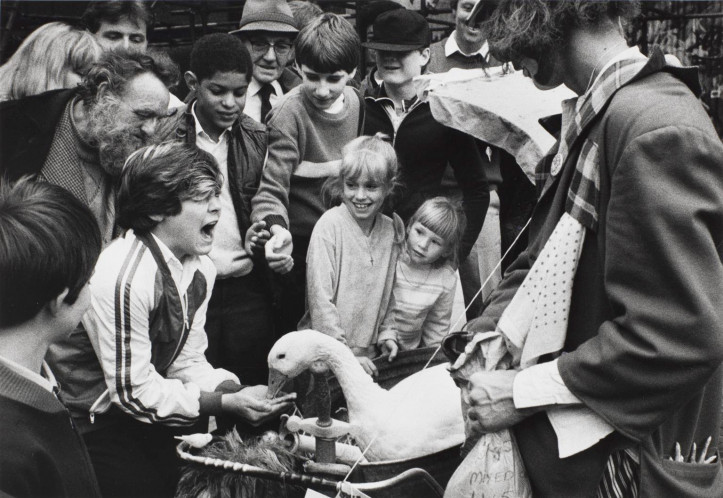
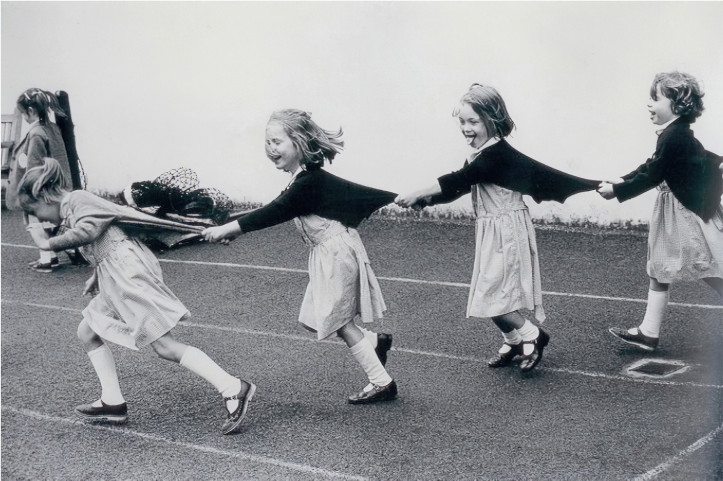
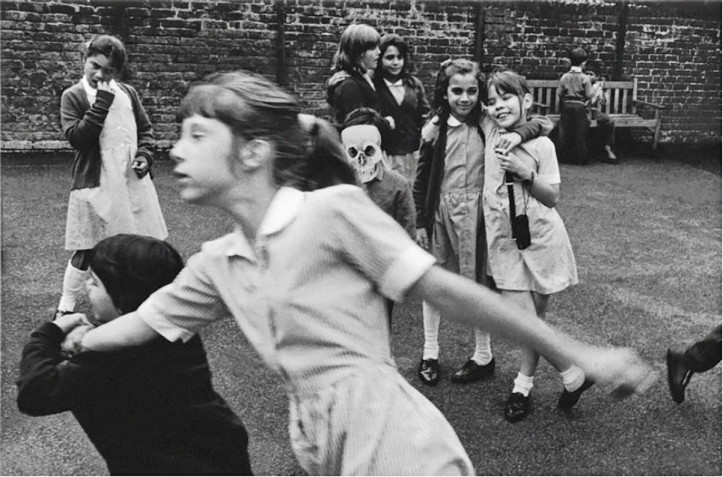
When Markéta Luskačová’s son was little, she would go on long walks with him around London’s East End, taking photos along the way in the squares and markets. Her works show the full complexity of human existence, and at the same time, they are devoid of sentimentality—this was made possible thanks to the fact that she gradually gained her subjects’ trust by accompanying them in their everyday activities. As a result, she was able to convey something more, to immortalize a particle of existence. In one interview, she recalled how surprised she was to discover that in English, one of the verbs used to talk about taking photos is “to shoot”—as opposed to the Czech zvěčnit, meaning “to eternalize,” which somehow indicates making the subject of the photograph immortal.
Let’s return to the words of Dorothea Lange, who compared photography to lion taming. One way to tame a wild animal is to get closer step by step, in order to get to know it better and to be able to fully reflect its nature. In my view, this is what the Czech photographers I have described here have in common: humility, and an ability to reflect deeply on reality. They also have great fortitude, which not only allowed them to survive difficult times, but also to pave the way for other artists, including Jitka Hanzlová and Tereza Zelenková—who, like Luskačová, live and work outside Czechia. Their photos are completely different, but what they share is an inexhaustible source of inspiration: returning to their home country. As Zelenková has said, when searching for mythical and symbolic spaces in her work (quoted from Kamila Woźniak’s book titled O literaturze w fotografii. Infrazy czeskie (“On Literature in Photography. Czech Inphrases”): “Every place has its own complex history and inimitable character, which is created by an intricate network of details visible only to those who live there. At the same time, we often do not realize the uniqueness of our homeland and this invisible bond, both calming and suffocating, until we decide to leave it.”
It is perhaps for a similar reason that Jitka Hanzlová returns to the forest of her childhood, located near the village where she grew up. She takes photos for the Forest series only in this place, and only when she is alone. In the aforementioned Understanding a Photograph, John Berger writes: “What is strange about some of Jitka’s forest photos […] is that they appear to have stopped nothing!” The forest immortalized—that word again—by Hanzlová is “somewhere between past, present and future,” making it possible to “[break out] from the prison of modern time,” to “reverse the hourglass.” In the words of Hanzlová herself, “The way I go is the way back to see the future.”
